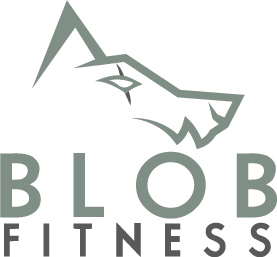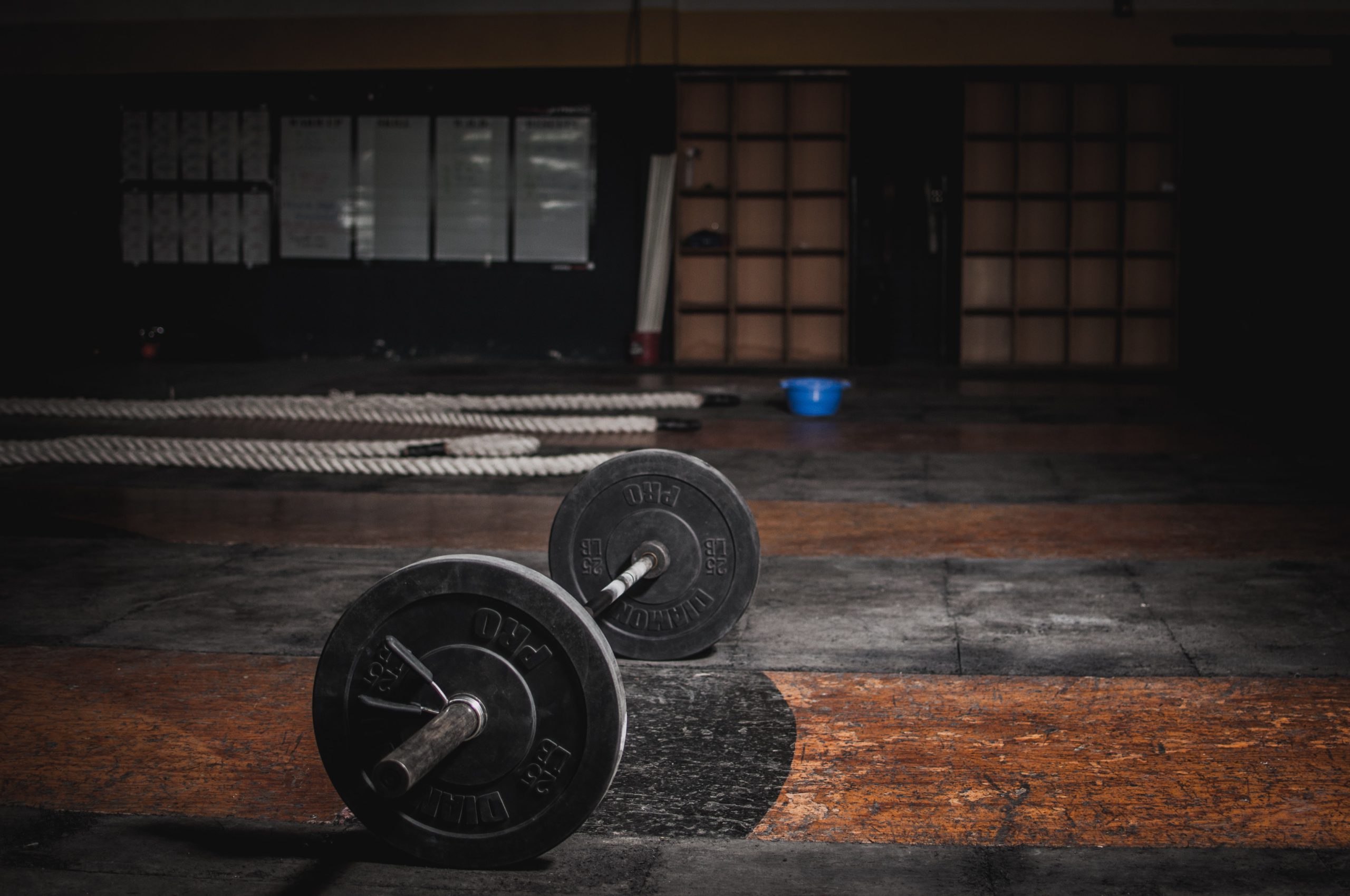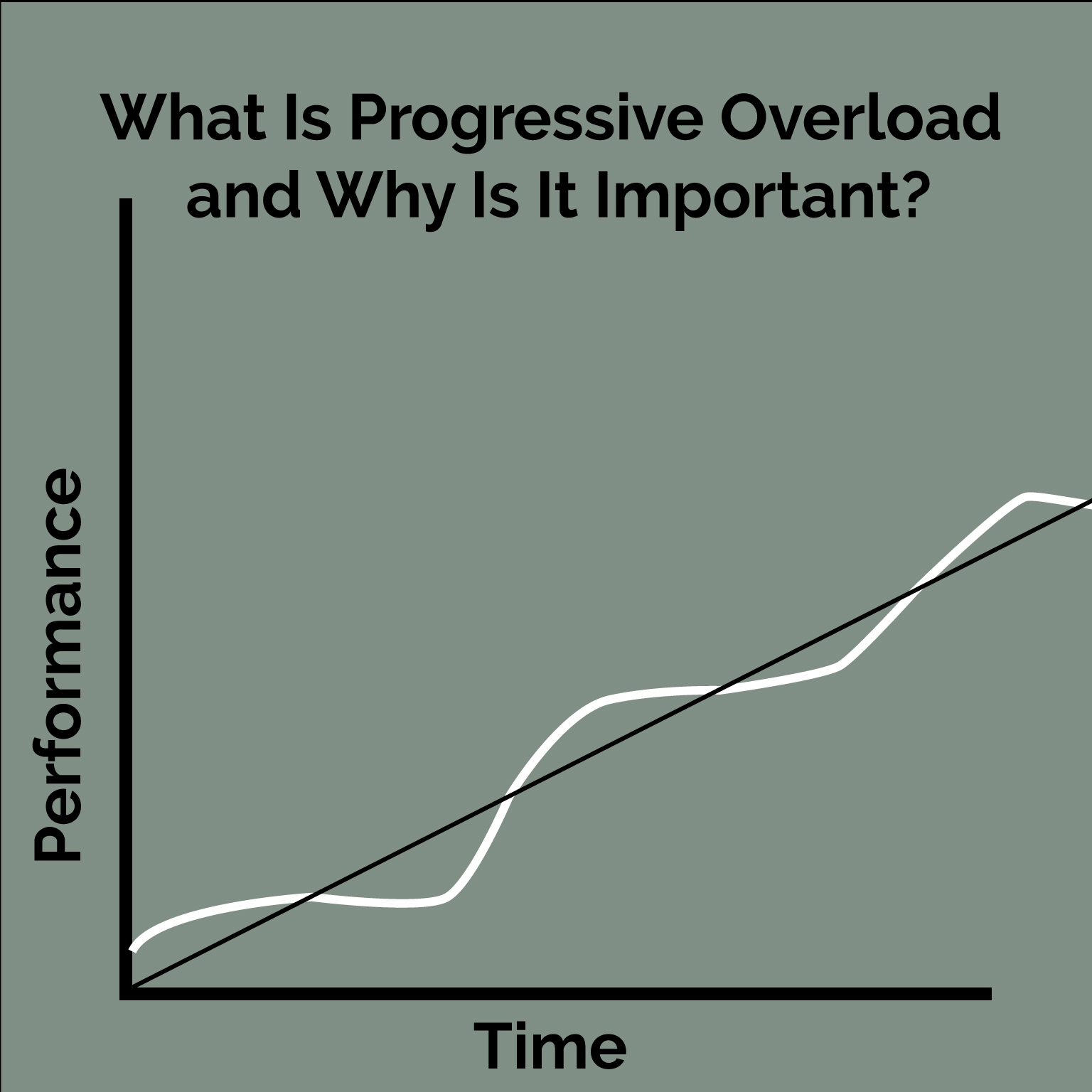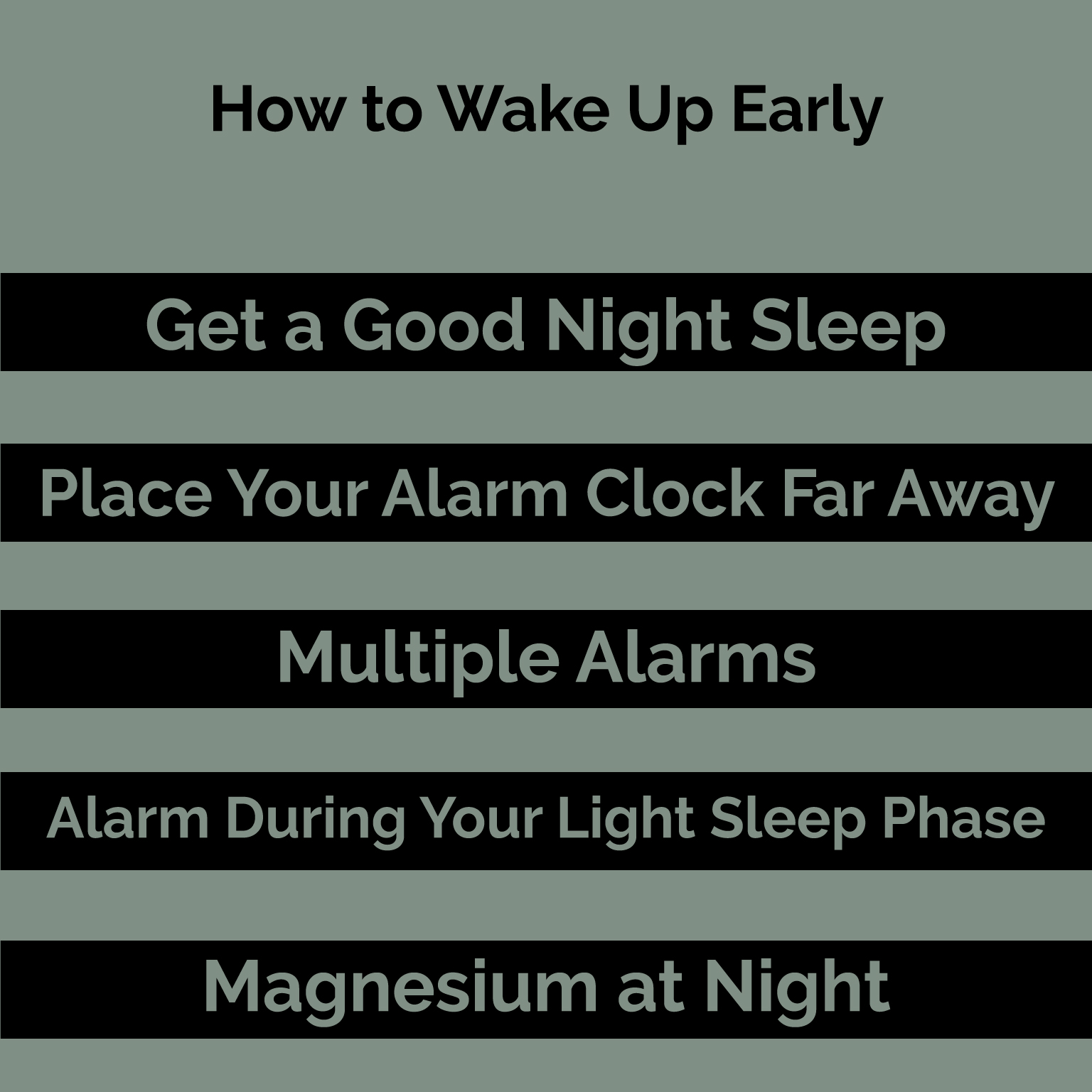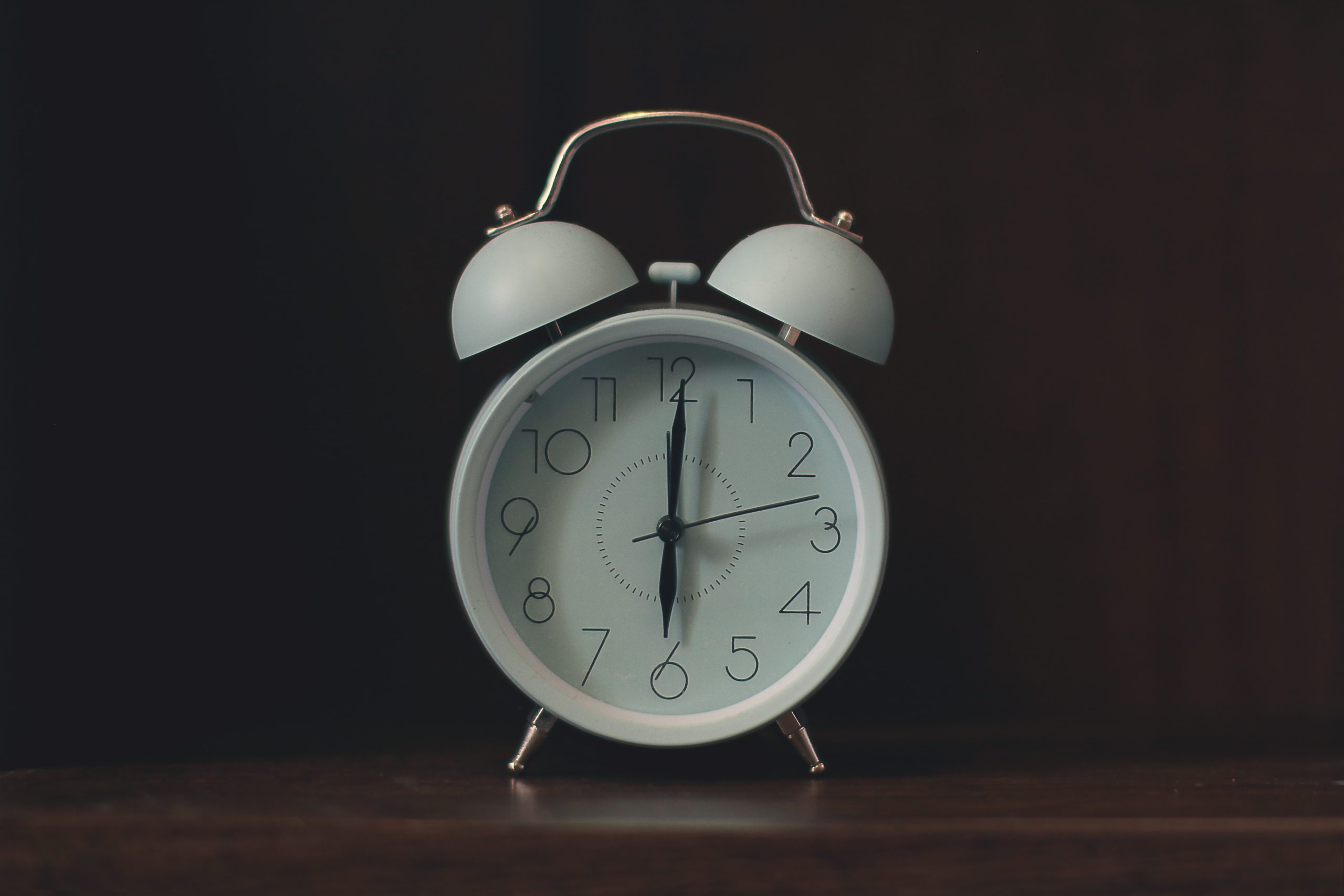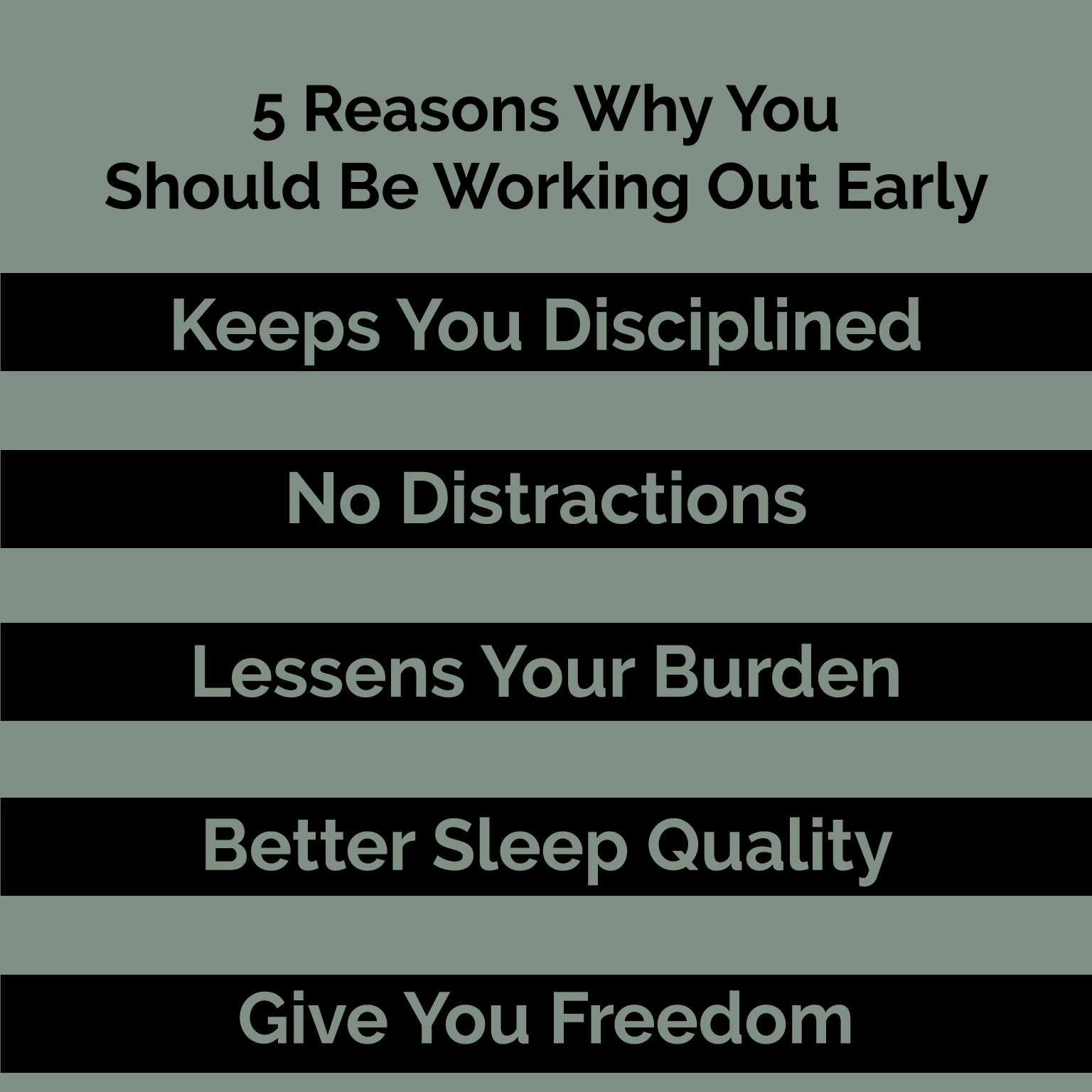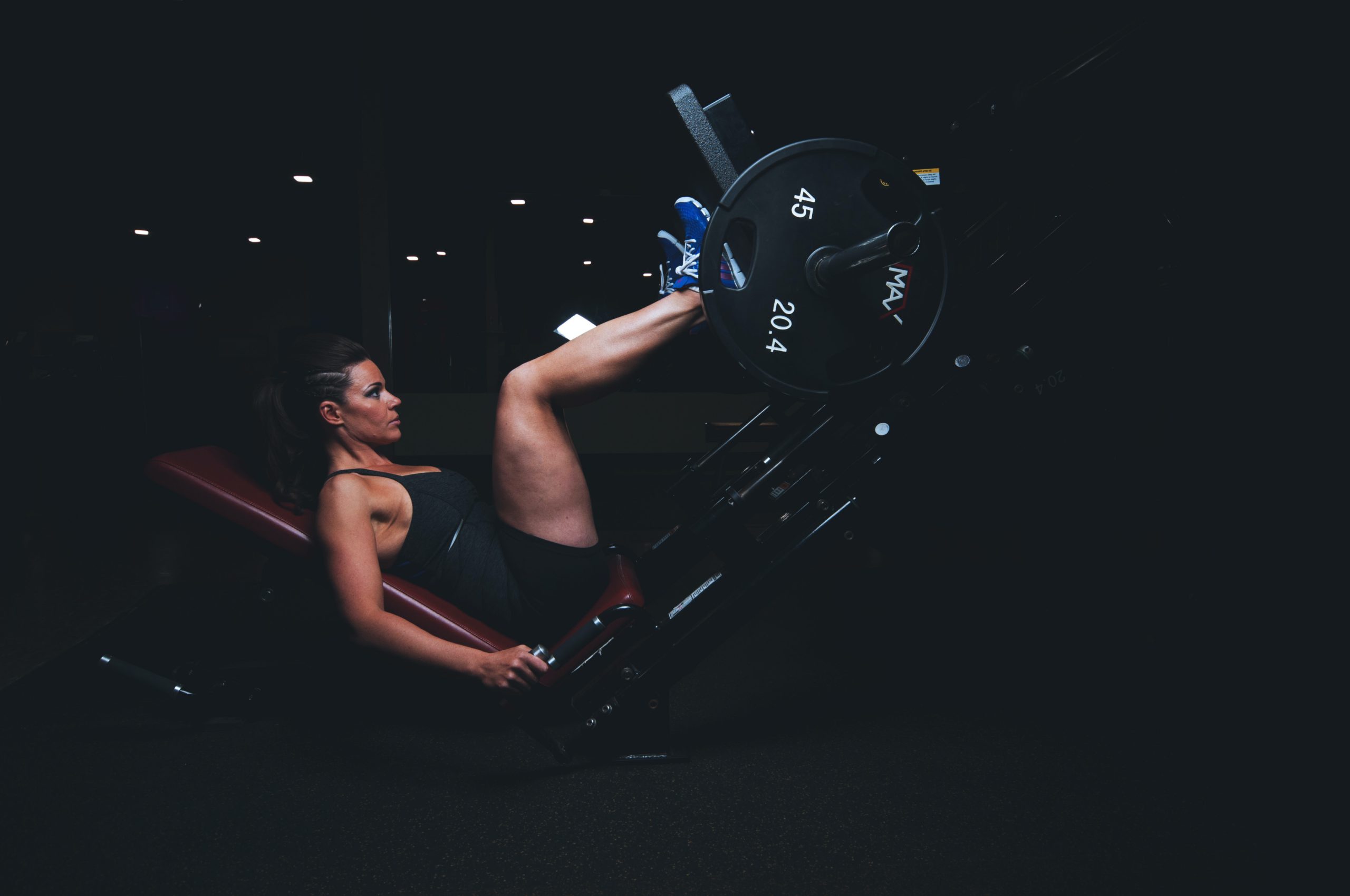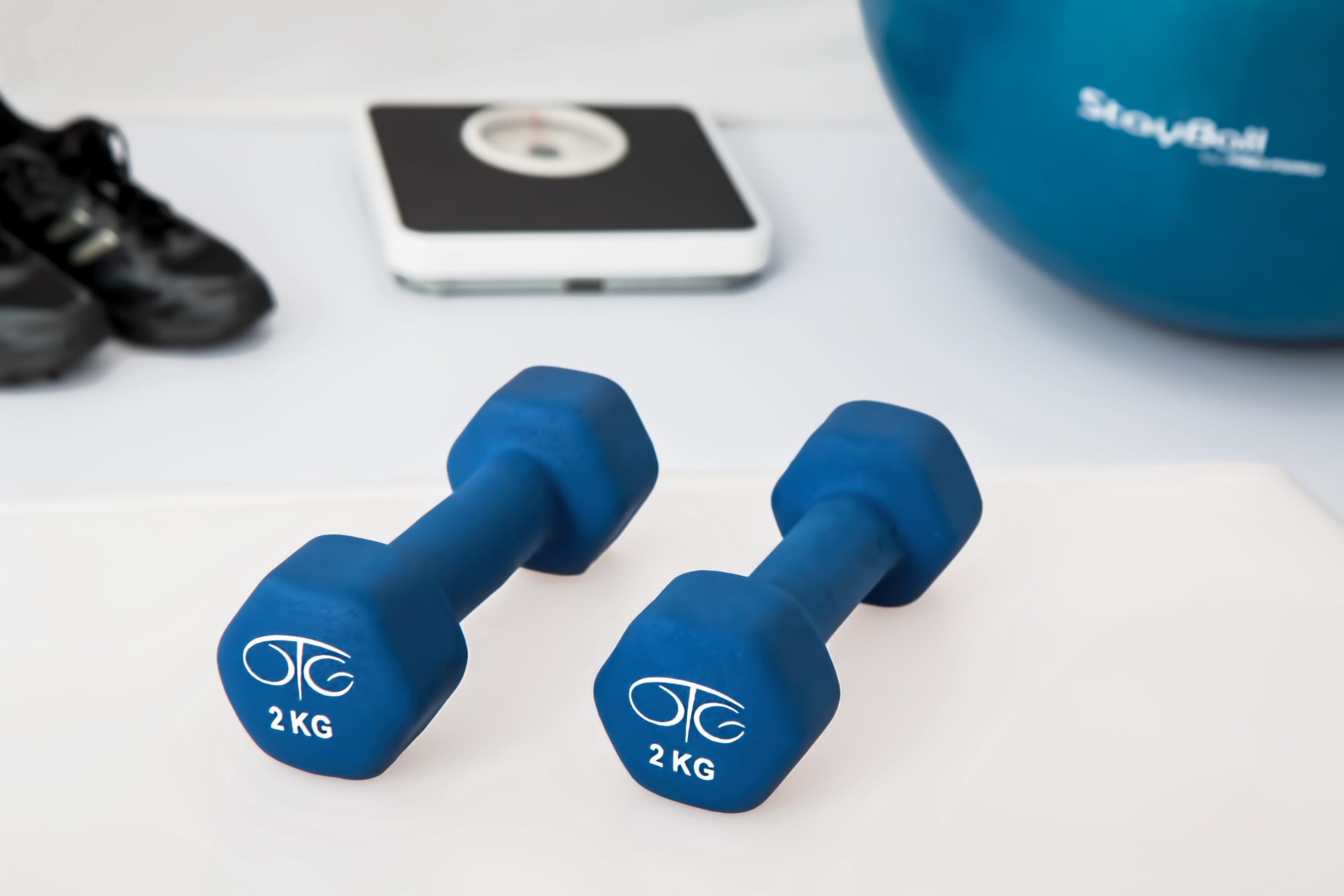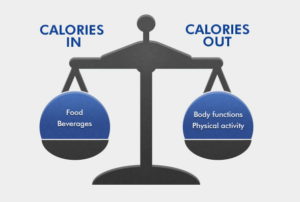Can collagen help with weight training? If you don’t know much about collagen, you may just think it’s some product that helps with your beauty. (Even if this is true, then why aren’t you taking it? I kid.) Before going into that, we need to go over what is collagen and what it does for the body.
What is Collagen?
Collagen happens to be one of the richest proteins in our body. It alone makes up 10% of the muscle tissue in your body (1). It is mainly found in connective tissues. This includes tissues like your bones, tendons, cartilage, skin, and ligaments. It can also be found in internal organs as well. You can think of collagen as the protein that holds these items together in your body. There are actually multiple different types of collagen too, but the main focus is getting types I, II, and III.
Collagen Type I
Type I is mainly found in your skin, tendons, bones, hair, organs, ligaments, teeth, and more. You can say type I has more of the ‘beauty’ portion of it since it accounts for a lot of your outside features.
Collagen Type II
Type II is one of the main factors in the cartilage that exists in your body. This can help with your joints specifically.
Collagen Type III
Type III is found in your connective tissues and helps with the structure of organs and muscles. Type III helps with the elastic portions of these tissues.
Knowing the main 3 types of collagen, you can easily see how it plays an important role in your body.
Can Collagen Help With Weight Training?
Ah, the question we’ve been wondering. Can collagen help with weight training? I mean it supports so much like your cartilage and joints. Things that can take a beating with long periods of heavy lifting. So before we simply answer this question, we need to understand how would collagen be processed in our body to help with your joints and other connective tissue.
Your body goes through something called Collagen Synthesis to help maintain and strengthen connective tissues. When you’re lifting heavy weights your body needs to go through an increase of collagen synthesis to help maintain the strength in your connective tissues.
So with that being said, the logistical thinking would be that taking a collagen supplement (Which should increase collagen synthesis) before or even after a workout may help with the maintenance and strength of your connective tissue?
Well here is what’s interesting. In a study published in 2019, they did an experiment giving hydrolyzed collagen or gelatin to people an hour before working out. (Group of people was broken up with some getting a placebo and others getting the supplementation) Blood work was done before giving the collagen/gelatin supplement and blood work was done 4 hours afterward. After the experiment was done, there was an increase but it wasn’t anything significant. This mainly may be due though to a Vitamin C issue they had, something that’s an important role in collagen synthesis. (4)
However, another experiment was done in that study giving collagen/gelatin supplement immediately after the blood work was done and checking again an hour later (no exercise this time) to find that it did increase collagen synthesis.
Another study though showed that after a 24 week period supplementing 10g of hydrolyzed collagen, it found to help with athletes who’ve been experiencing joint pain. (3)
Should I Be Taking Collagen to Help With Weight Training?
There isn’t too much data on this subject, to be frank. The data that is out there says it can help. The other study I mentioned previously had its own issues involved which is why they may have not seen a significant difference. (Mainly due to a Vitamin C issue that is critical for collagen and it’s amino acids to function properly. This is something I’ve mentioned before why supplementing may not always be the best choice.) If you’re having joint pain from weight lifting, it won’t hurt to try taking a collagen supplement. Having that joint pain may be limiting your capability to continue training so improving those areas can help with your weight training.
Natural Sources of Collagen
If you’re looking for some natural sources of collagen, you have many options to choose from. Here is a quick list of items you can try:
- Bone Broth – packed with plenty of other minerals and vitamins. High in protein
- Chicken – high in protein. Lean meat
- Fish – High in Protein and Omega-3s. Can also help with joint pain
- Fruits – packed with vitamins (Vitamin C is essential for collagen synthesis)
- Eggs – high in protein and other minerals and vitamins
Collagen Supplements for Weight Training
I’m an advocate for eating whole foods all the time, but sometimes you may need to supplement to get the things you need, and that’s okay. As long as you’re pairing items correctly.
One of my favorite collagen supplements is Vital Proteins Collagen Peptides Powder.
What makes the supplement so great is that it’s also packed with Vitamin C which is essential for collagen synthesis. I personally use the unflavored version but all their collage products are great and I highly recommend them. It’s also packed with protein!
Note: The above link is an affiliated link from Amazon.
Final Thoughts
If your weight training journey is being halted by joint pain or consistent reoccurring injuries, you may be best of intaking more collagen. Even though there isn’t a great amount of data on the subject, it’s something that can help assist in your weight training by preventing or helping with joint pain/injuries you may currently have. It does have many benefits and it’s something plenty of people kind of disregard in terms of their diet. Besides joint pain related injuries, I’ve noticed differences in my skin mainly. I do highly recommend it and suggest trying it!
Photos
Photo by Leon Martinez from Pexels
References
- Gillies AR, Lieber RL. Structure and function of the skeletal muscle extracellular matrix. Muscle Nerve. 2011;44(3):318-331. doi:10.1002/mus.22094
-
Lis DM, Baar K. Effects of Different Vitamin C-Enriched Collagen Derivatives on Collagen Synthesis. Int J Sport Nutr Exerc Metab. 2019 Sep 1;29(5):526-531. doi: 10.1123/ijsnem.2018-0385. PMID: 30859848.
- Clark KL, Sebastianelli W, Flechsenhar KR, Aukermann DF, Meza F, Millard RL, Deitch JR, Sherbondy PS, Albert A. 24-Week study on the use of collagen hydrolysate as a dietary supplement in athletes with activity-related joint pain. Curr Med Res Opin. 2008 May;24(5):1485-96. doi: 10.1185/030079908×291967. Epub 2008 Apr 15. PMID: 18416885.
- https://www.sciencedirect.com/topics/engineering/collagen-synthesis#:~:text=Vitamin%20C%20is%20absolutely%20essential,structural%20strength%20cross%2Dlinking).
